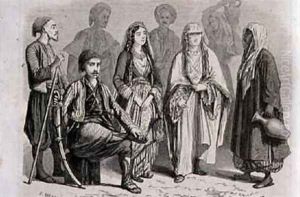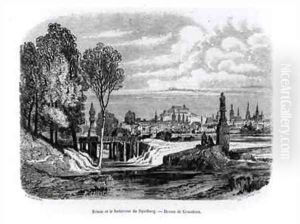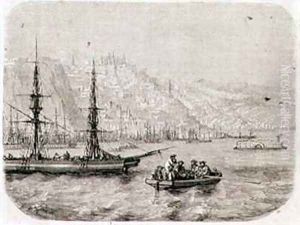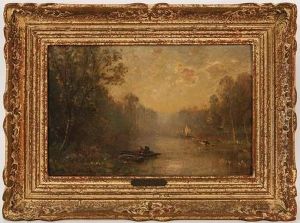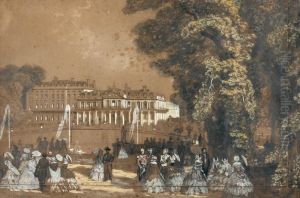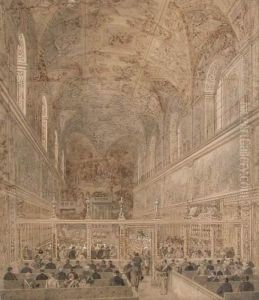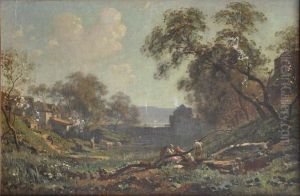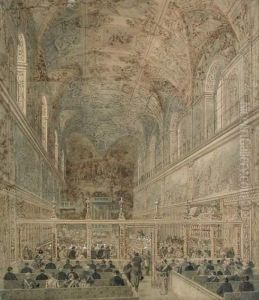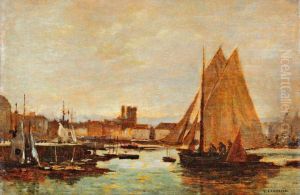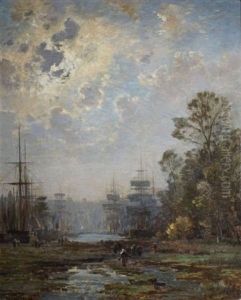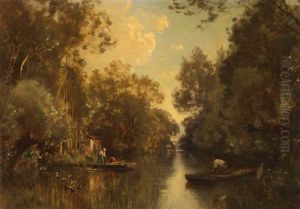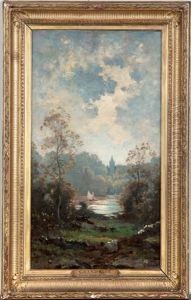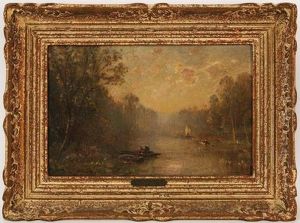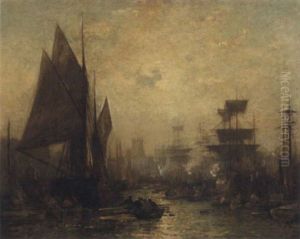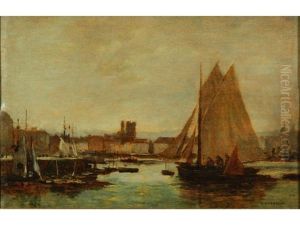Grandsire, Pierre Eugene Paintings
Pierre Eugène Grandsire was a French artist born on September 18, 1825, in Versailles, France. He was a painter known for his historical scenes, genre paintings, and portraits. Educated in the arts from a young age, Grandsire studied under renowned painters such as Paul Delaroche and Charles Gleyre. These teachers were influential in the Parisian art scene of the 19th century and provided Grandsire with a solid foundation in the academic painting tradition.
Grandsire's career was marked by his adherence to academic standards and his ability to capture the essence of his subjects with precision and a keen eye for detail. His historical paintings often depicted dramatic and poignant moments, engaging viewers with their emotional intensity and historical accuracy. In addition to his historical works, Grandsire also painted genre scenes that reflected everyday life, imbuing them with a sense of realism and empathy for his subjects.
Despite the shifts in artistic styles during his lifetime, including the rise of Impressionism and Post-Impressionism, Grandsire remained committed to the academic style. This dedication earned him a place in the Salon, the official art exhibition of the Académie des Beaux-Arts in Paris. His works were exhibited regularly at the Salon, where they received critical acclaim and were appreciated by the public.
Grandsire also received commissions for portraits, demonstrating his versatility and ability to capture the likeness and personality of his sitters. His portraits are characterized by their refined elegance and attention to the subtleties of facial expressions and costume details.
Pierre Eugène Grandsire's contributions to French art were recognized during his lifetime, and his works can be found in various museums and private collections. He passed away on February 1, 1898, in Paris, leaving behind a legacy of work that continues to be studied and admired for its craftsmanship and historical value. Grandsire's dedication to the academic tradition provides an important window into the art and culture of 19th-century France, a period of significant transformation and creativity.
